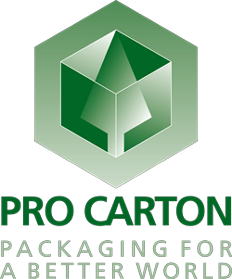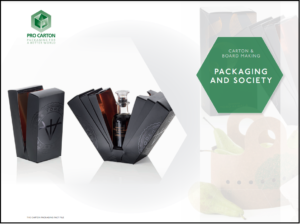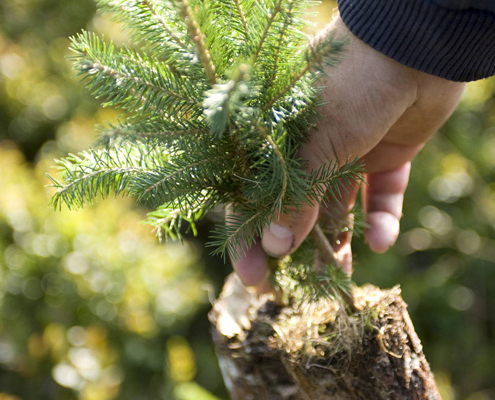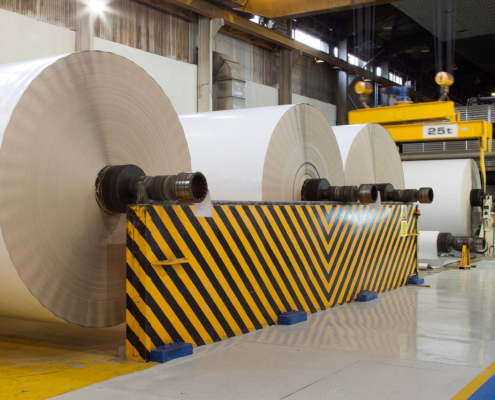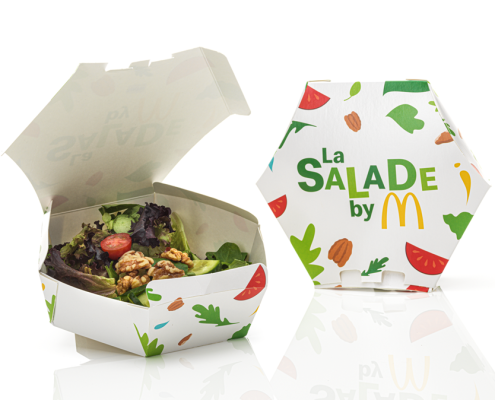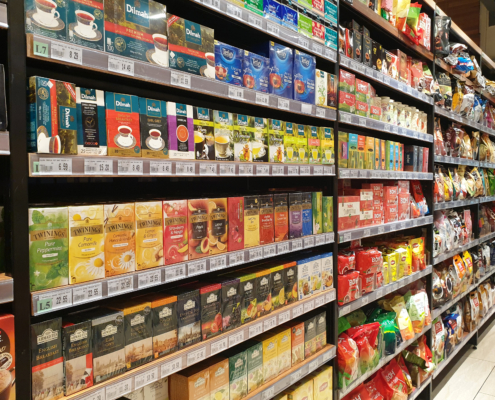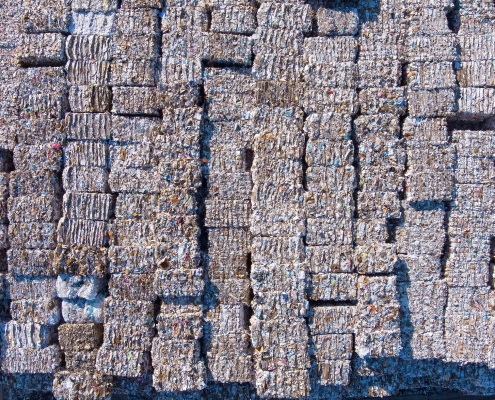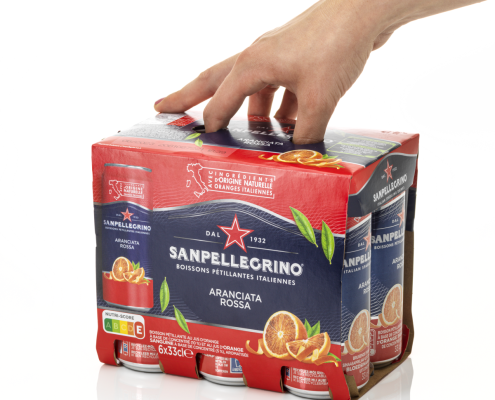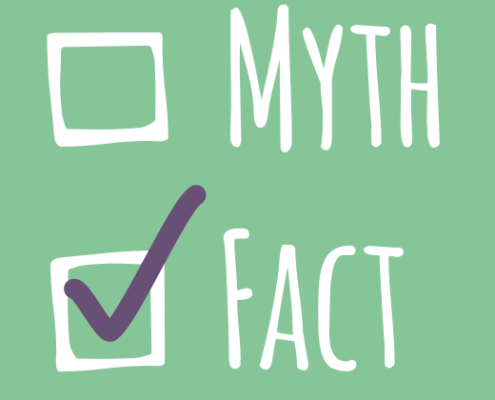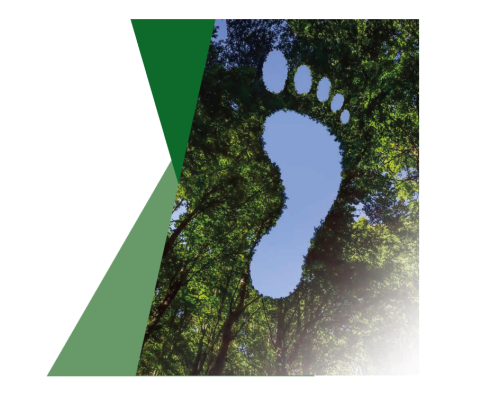Discerning consumers choose cartonboard
Renewable, recyclable, biodegradable, lightweight, and low in carbon emissions. Cartonboard is the packaging answer for anyone who shops with the environment in mind.
Did you know…over 80% of the pulp purchased by the European pulp and paper industry is certified (CEPI Sustainability Report, 2019) as it starts its life in sustainably grown and managed forests, mainly in Sweden and Finland. Increasing by an area equivalent to 1,500 football pitches per day, these forests also make an important contribution to removing carbon dioxide from the atmosphere.
The paper and board industry uses only forest thinning and the small diameter tops of large trees and sawmill waste. And you can be safe in the knowledge that no tropical rainforests are destroyed to make cartonboard.
But cartonboard’s impressive sustainability credentials do not stop there. The European pulp, paper and board industry is a leader in sustainable energy use. In fact, more than 50% of the electricity and steam it uses in production is provided by renewable wood by-products, while 95% of the water used in processing is cleaned and reused on site. Cartonboard mills are continuously driving reduction in utility consumption. First cartonboard mills are getting close to carbon neutral production.
Cartons – a Safe Packaging Solution Made from a Sustainable Material
Consumer health and safety is a top priority for the cartonboard and carton industries. Every care is taken to prevent the migration of unwanted substances such as mineral hydrocarbons from cartons into food.
From the perspective of the cartonboard substrate, depending on the overall packaging system and after thorough risk assessment, different solutions are possible, both on the basis of primary fibre cartonboard and of recycled grades – both with and without functional barriers.
Good Manufacturing Practice guidelines are established for carton makers. A guidance document provides practical advice to converters covering the entire carton production process with the aim of preventing health hazards or unacceptable changes in food as a result of migrations.
Cartonboard packaging in everyday life
It’s increasingly easy to choose products packaged in cartonboard. Whether you are looking for luxuries such as perfumes or spirits, shopping for groceries in your local supermarket, or ordering take-away food; cartonboard is not only the environmental choice, but it also comes in endless shapes and sizes, is easy to open and close, and is the perfect choice for the ever-increasing amount of product information.
And there’s more. Cartons are also safe and secure. Cartonboardmakers follow strict hygiene guidelines to secure safe food contact, while designs can include tamper-evident and child-resistant closures. They can even incorporate special techniques to help combat counterfeiting and fraud, such as visible embossed holograms, or hidden authentication, track-and-trace features.
The 5 R’s: Recycle, Reuse, Reduce, Replace, Renew
Carton packaging is perfect for any shopper wanting to make better choices for the environment.
Paper and board packaging is easy to collect and recycle with reliable and well trusted recycling collection schemes in place across Europe. In fact, paper and board is the most recycled packaging material in the EU, with a .
Folding cartons can be recycled . Therefore, it is important to collect, sort and recycle packaging so that there is always a plentiful supply.
Recycling couldn’t be easier: Separate carton packaging from general waste alongside other paper products, and ensure it’s as clean as possible. Next, remove any non-recyclable materials – such as film windows from the carton package. There will be recycling symbols on the packs to guide you.
Some 51% of cartons in Europe are made from recycled fibre and 49% from virgin fibre, while the industry continues to work to use less energy and less wood to become more resource-efficient. It’s also striving to develop lighter weight cartonboard, which will mean less packaging overall.
Next time you’re shopping, look for packaging with Forest Stewardship Council (FSC) or Programme for the Endorsement of Forest Certification (PEFC) logos, and of course, check the recycling symbols to ensure as little goes to landfill as possible.
Reduce Food Waste
Cartonboard packaging adds value to a product; increasing its overall resource efficiency through reducing food waste. By protecting food and reducing food waste, cartons contribute to more sustainable consumption and benefit society by making our modern, convenience-driven lifestyles possible.
In Europe, 62% of folding cartons produced are used to package food.
Consumer Security
Security is becoming increasingly important throughout the supply chain. Cartons can be designed to incorporate a wide range of security systems, based on both covert and overt technologies.
Designs can include tamper-evidence, child-resistance or other security benefits through tagging mechanisms, creative constructional design as well as print and ink system technologies.
The variety of these systems also helps in reducing losses providing brand owners and retailers with greater levels of confidence. The increasing problem of counterfeiting can also be helped using the technology available to carton and cartonboard manufacturers and this offers consumers confidence in the products they buy.
Counterfeiting Security
Counterfeiting harms both a brand’s reputation and the consumer of counterfeited products. Cartons can offer overt (visible), covert (non-visible) and track-and-trace technology to help brands protect themselves. An example of visible protection is an embossed hologram on a varnish layer which can show overt security features alongside the decoration. Using a substrate with integral coloured identification can provide covert protection. The security features can also be embedded in the cartonboard and thus be very difficult to imitate by printing.
To learn more about Packaging and Society, download Module 1 of the Pro Carton Fact File in our Publications area

